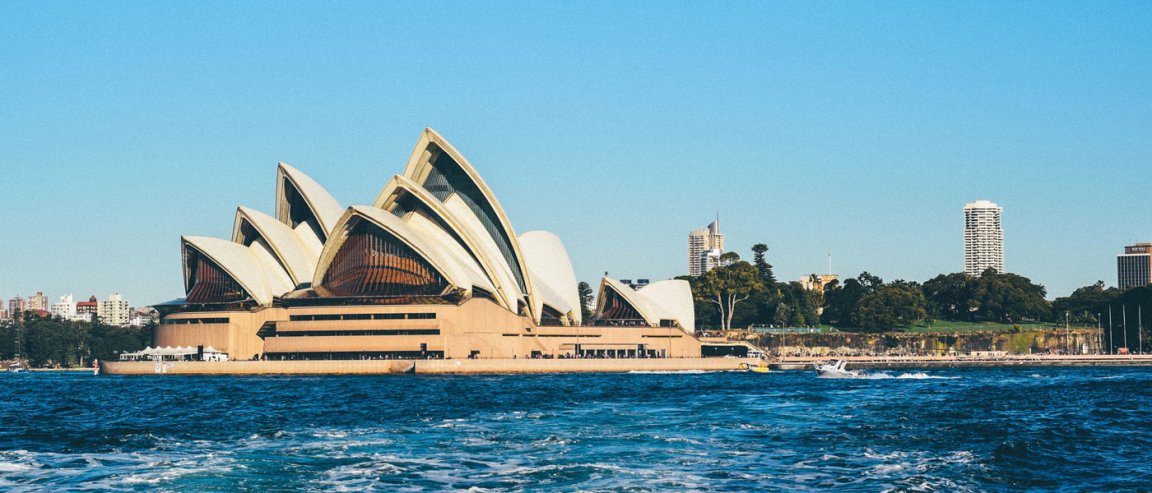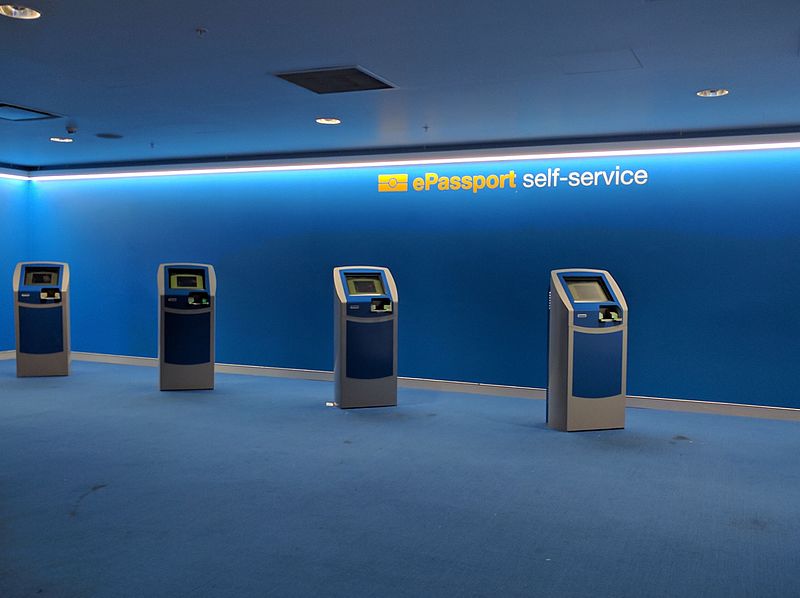
Seamless Traveler
It’s surprising how – despite all the technological advances in transportation, security, and travel – the world still continues to rely on a piece of paper for border control.
Australia however is completely rethinking the traditional international travel process with the “Seamless Traveler” system. In place of queuing to get your passport stamped by immigrations officials, they want to use advanced biometric facial, iris, and fingerprint recognition to allow for an automatic, self-processing system for 90 percent of passengers.

The plan is part of a long-term vision among senior immigration officers who want to streamline the arrivals process so that international travelers can “literally just walk out like a domestic airport.”
The department has yet to disclose what new technologies will be used to replace the current system. But with this vision in mind, the Australian government is actively looking for companies who can introduce innovations and provide the technology necessary to bring it to reality.
The Future of International Travel
John Coyne who heads Australia’s Border Security at the Australian Strategic Policy Institute, says early versions of this new system could see passengers going through a corridor instead of individual gates so their biometrics can be captured and reviewed.
Assuming passengers are willing to have their biometrics stored, the system does indeed hold much promise. It will eliminate hassles associated with international air travel and, on the flip side, allow border security officers to focus their time on high-risk passengers.
However, the technology also raises concerns regarding privacy and security. Having all your data stored in a government online repository could leave it vulnerable to hackers. Imagine if your identity was stolen along with your fingerprints and iris scans. Facial recognition may also prove to be problematic, given that the technology can sometimes be unreliable, or lead to issues such as racial profiling.
Hopefully, the Australian government will be able to address these concerns, ideally by July, when a pilot program will be implemented at Canberra Airport, followed by the bigger airports in Sydney or Melbourne by November.
The government is targeting a full roll out by March 2019.